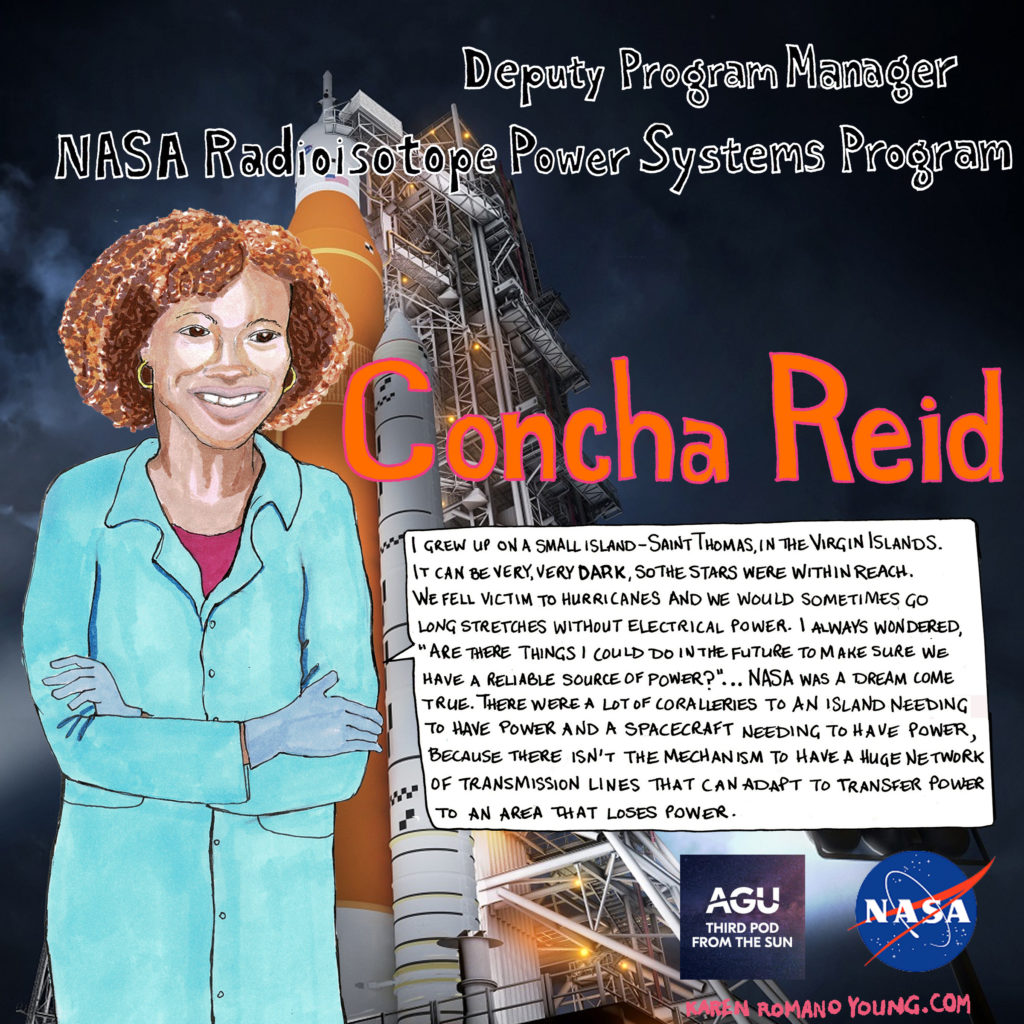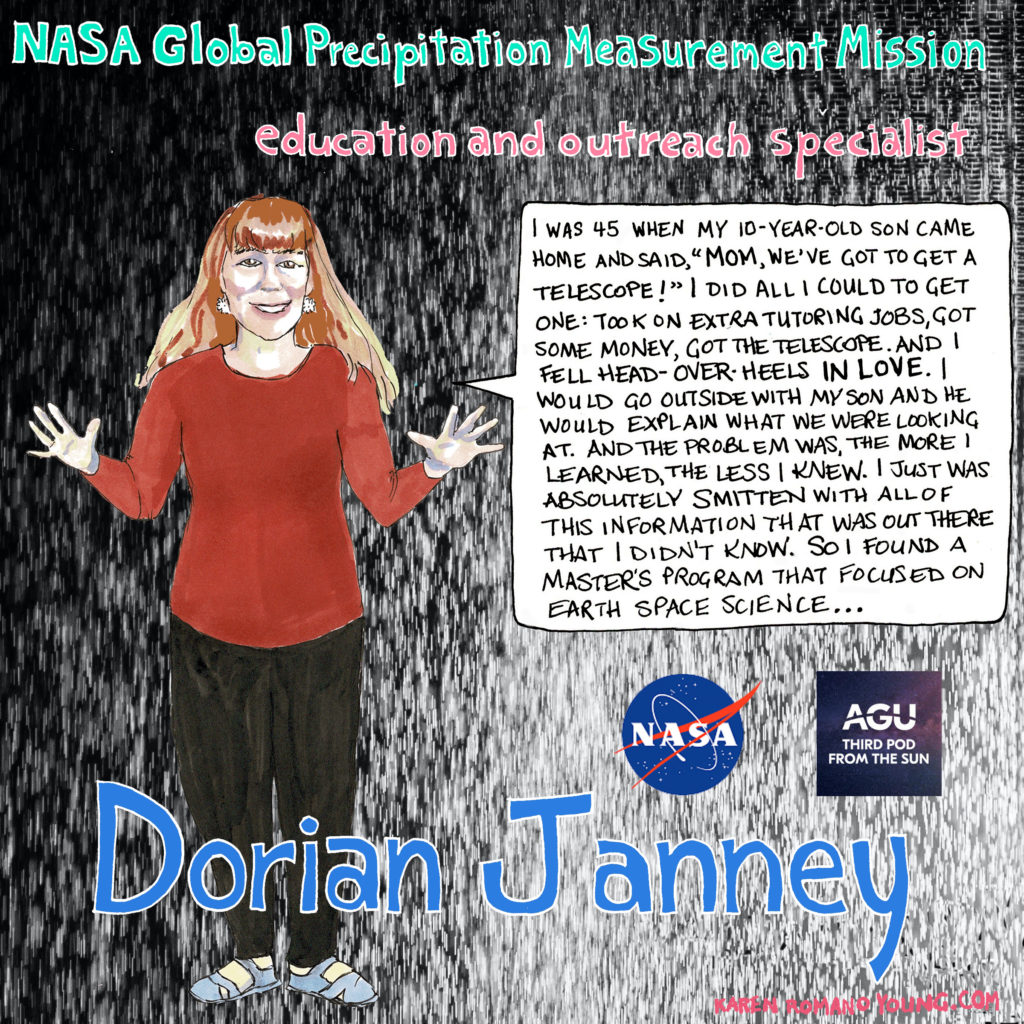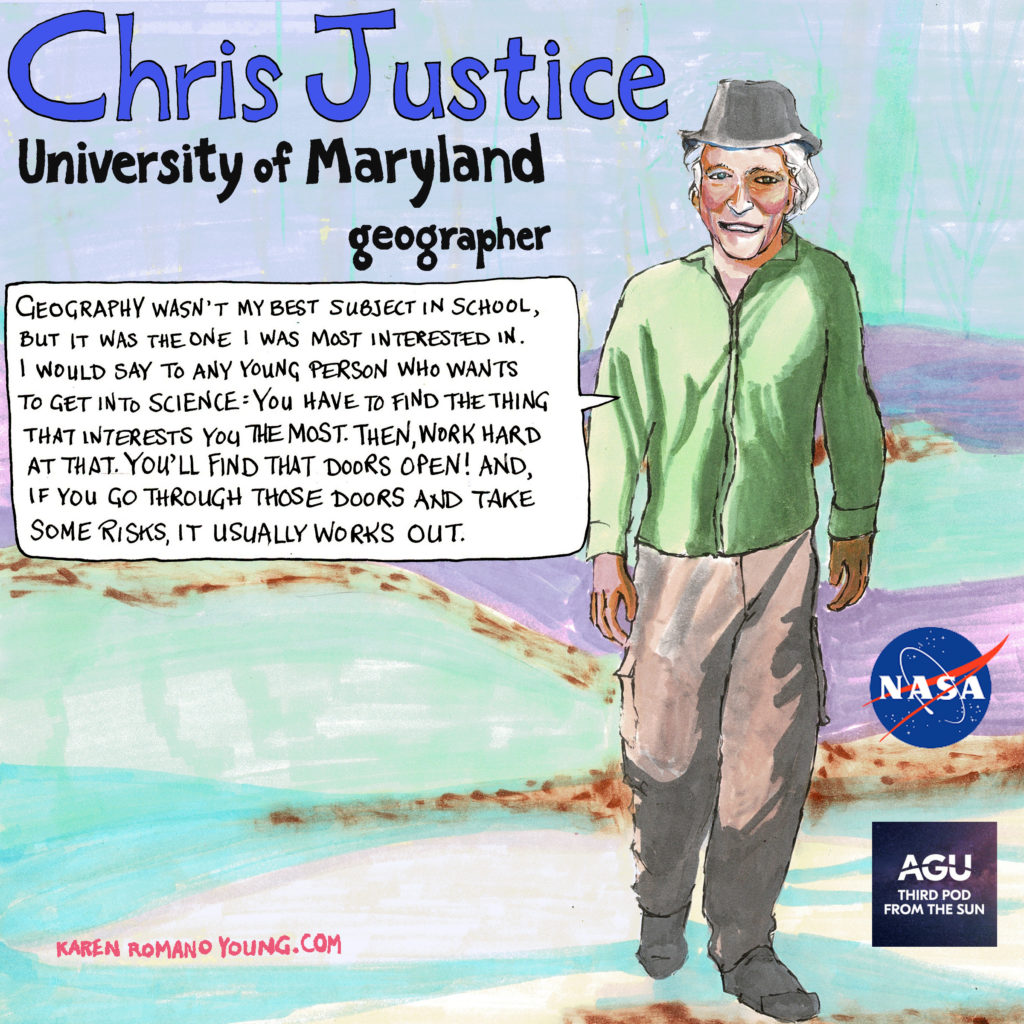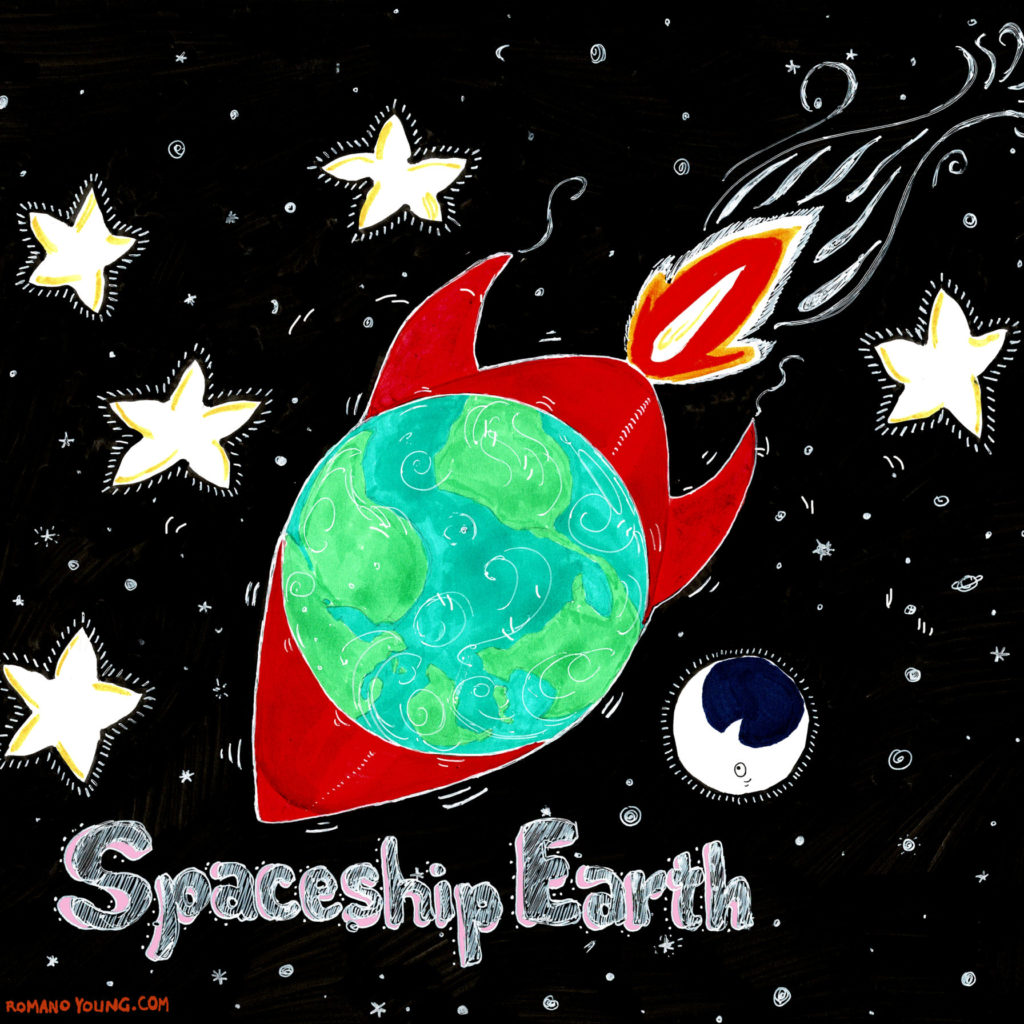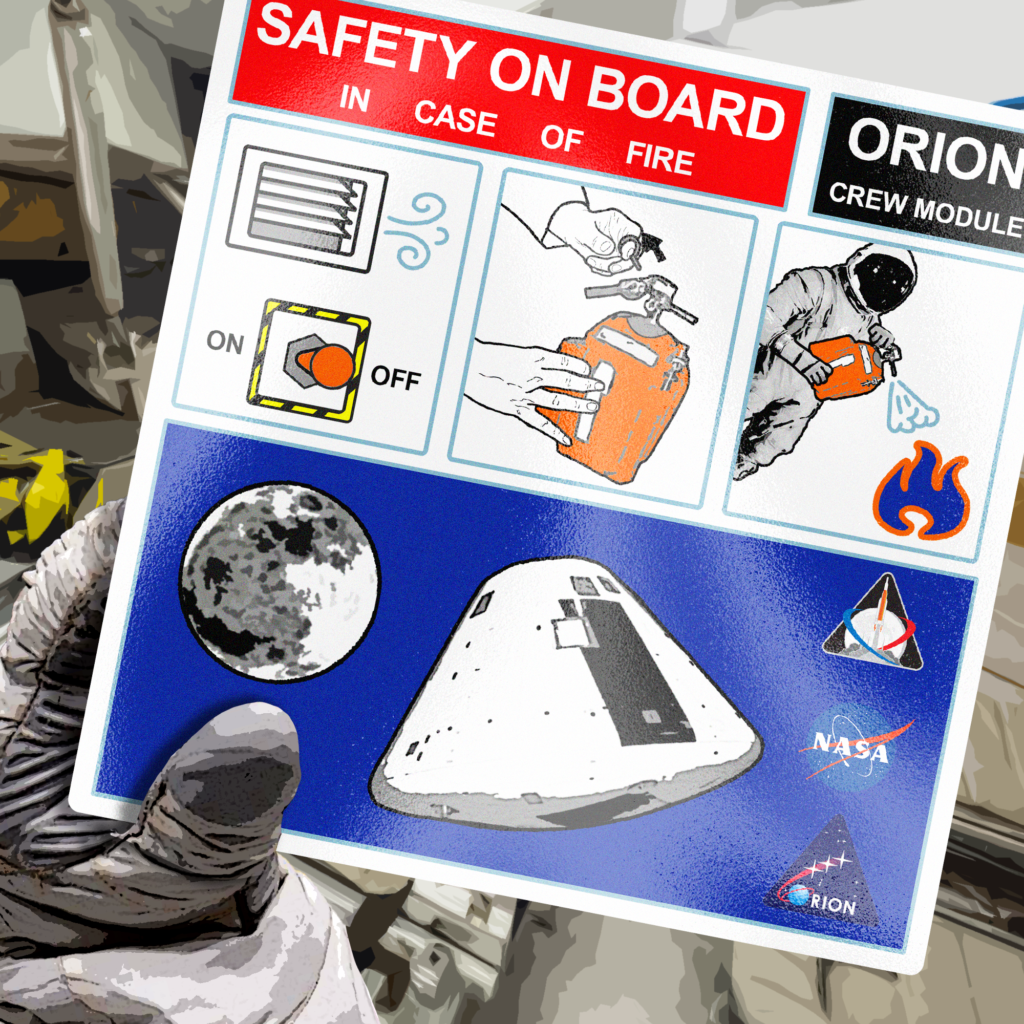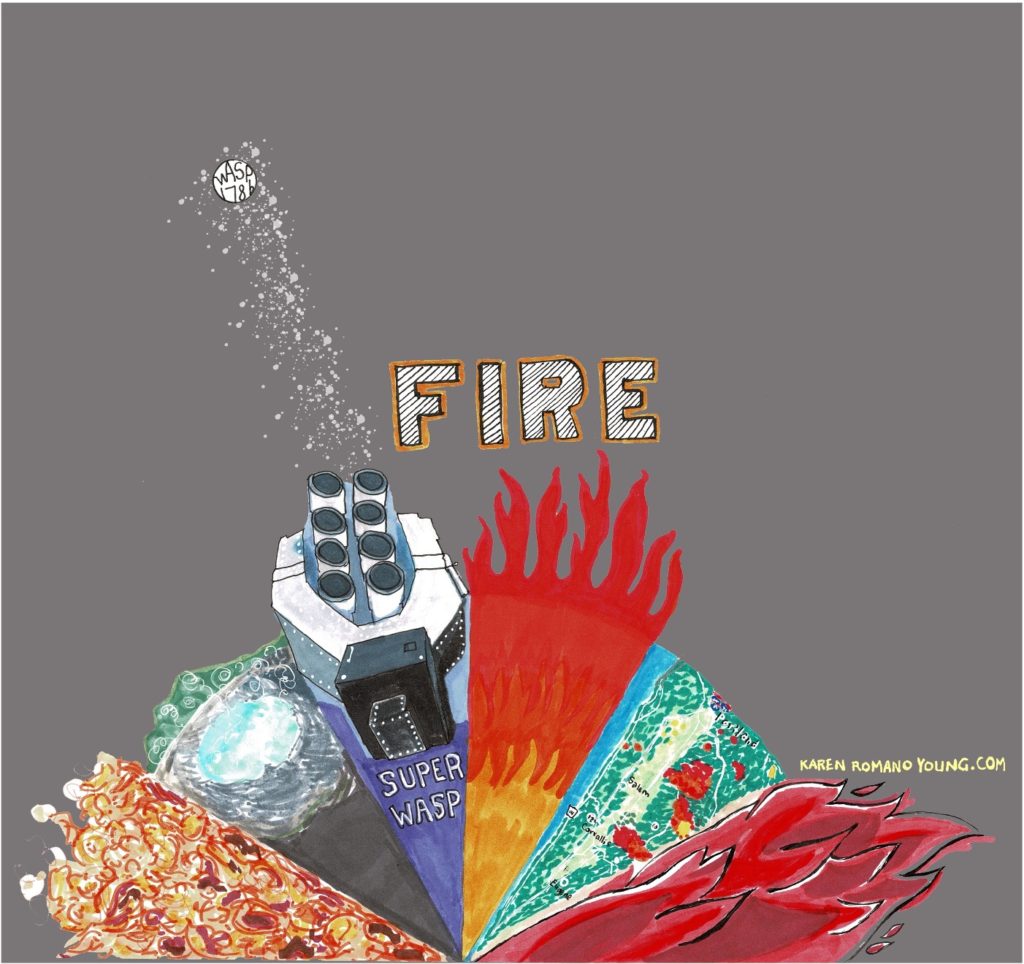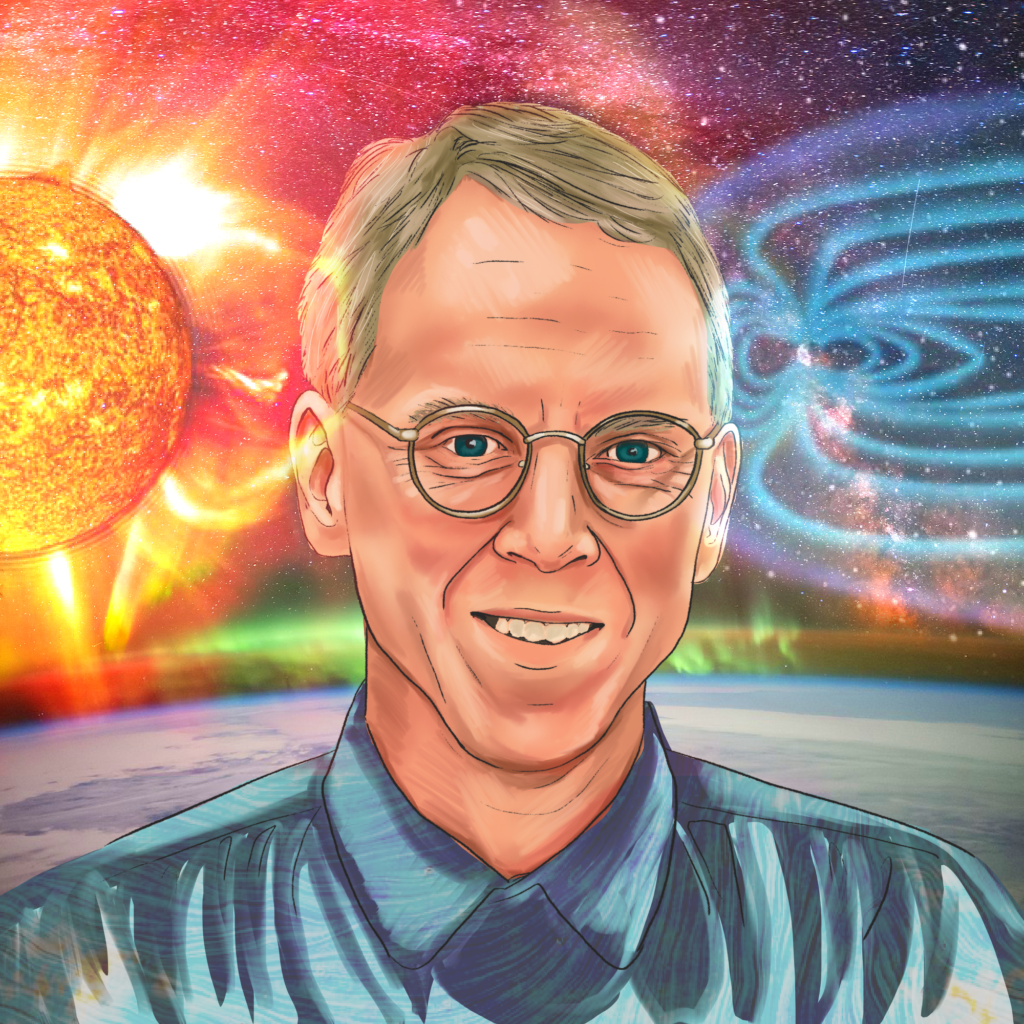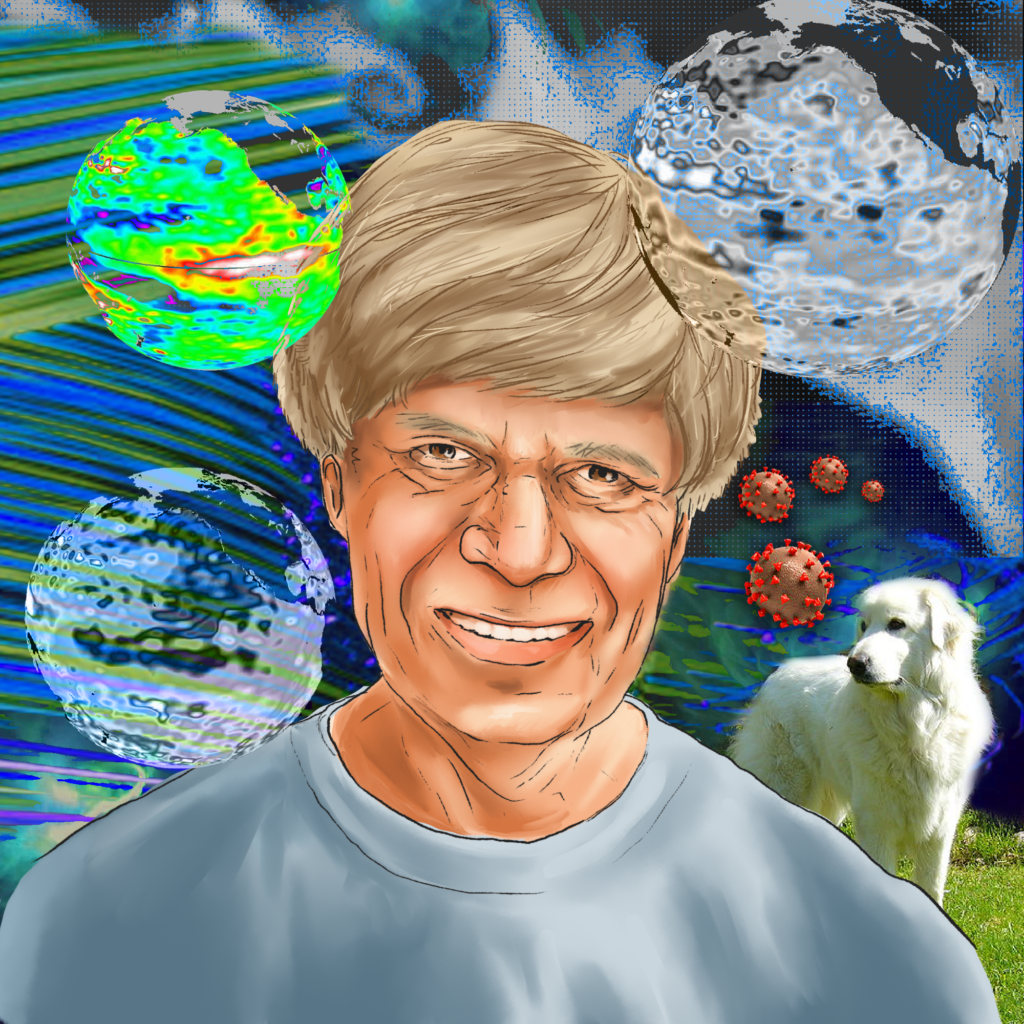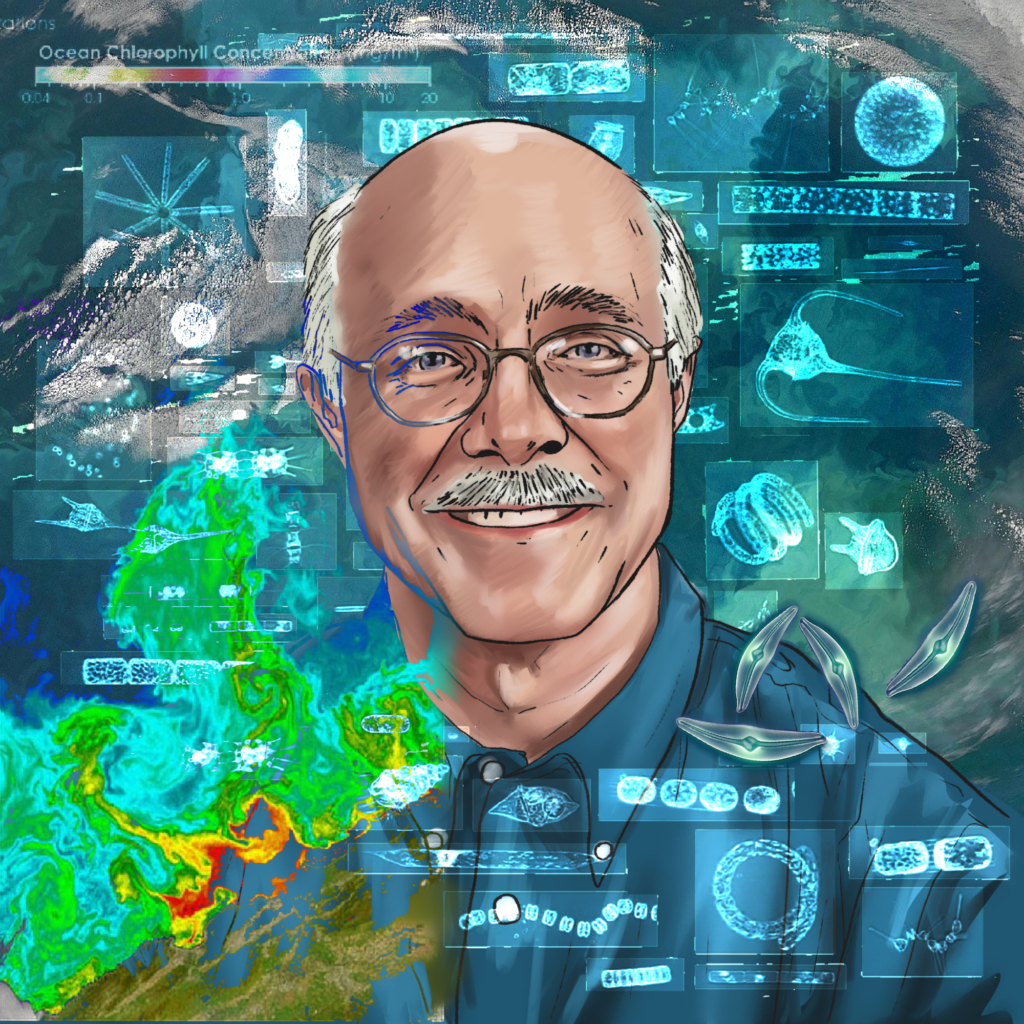Space
34-Spaceship Earth: Powering humans in space
As the Deputy Program Manager for NASA’s Radioisotope Power Systems Program at Glenn Research Center, Concha Reid leads a team overseeing and monitoring devices that heat and give power to NASA space projects, such as the recent Orion spacecraft for Artemis 1.
Read More32-Spaceship Earth: A love of space through a son’s telescope
Sparked into Earth Space Science through her son’s curiosity with space, we talk to Dorian on how her journey as an educator and life-long learner led to working on NASA’s Global Precipitation Measurement Mission as a Senior Outreach Specialist, and how citizen scientists from around the world are providing important work for researchers through the GLOBE Observer Project.
Read More31-Spaceship Earth: Using satellites to feed the world
Chris Justice is a geographer and professor at the University of Maryland whose research on land use changes and global agriculture has taken him around the world.
Read More30.5-Spaceship Earth
What do folks who fight food insecurity with satellites, do outreach about Pluto, and map out the Earth’s gravitational fields have in common? How about a common thread between those who study light pollution, create science visualizations, and direct exploration?
Read More26-Fire: Deep space burn
At the end of the decade, NASA’s Artemis missions will return to the moon—traveling through deep space to get there. A lot of things make deep space travel complicated, but one you might not have considered is the risk of fire on the space craft. And how to put fires out if they do start?
Read More24.5-A podcast of fire and ice
As the leaves change and temperatures cool, head inside, fire up your headphones, and get ready for hot-podcast fall as share stories about, well, fire. Join us over the next six weeks to hear stories about wildfires, volcanoes, fire in space, and on other planets, indigenous fire knowledge, and…fireflies!
Read More23-Storied careers: Auroras, deadly radiation, and Earth’s long-term future
With a heliophysics career spanning across nearly five decades, Thomas Earle Moore has always been fascinated by the Sun’s relationship with the Earth and how that relationship affects life on our planet.
Read More22-Storied careers: Ocean sensors and dog scenters
Tommy Dickey is an emeritus oceanographer from U.C. Santa Barbara and Naval Operations Chair in Ocean Sciences. His modeling and observational research yielded ocean monitoring technologies and tools. For retirement, Tommy trains and deploys Great Pyrenees as therapy dogs, while studying scent dogs’ capacity to detect COVID-19.
Read More21-Storied careers: Scouring seas from the skies
This episode is about how satellite technology is being used to study a big chunk of the earth’s surface. Seventy percent of the earth comprises water but we know very little about it. Color sensors aboard some satellites can actually reveal a lot about phytoplankton or microalgae blooms that are linked to ocean temperatures. These tiny organisms contribute to half the photosynthesis on the planet.
Read More18.5-The (not so) secret histories of scientists
Science is all about experimentation, discover, and sharing those results. But what happens behind the scenes? What stories do scientists have to tell that don’t make it in the manuscript or the classroom lecture?
Read More
